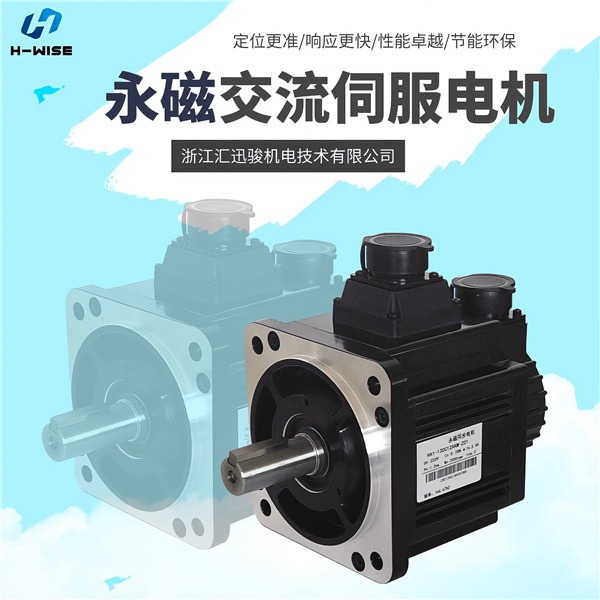News
More timely and comprehensive understanding of our latest developments
Servo motor refers to the engine that controls the operation of mechanical components in the servo system, and it is also a device of indirect transmission of auxiliary motor. Its working principle is somewhat complex compared with other motors, and it is difficult for ordinary people to master it, unless professionals. Here is how the servo motor works.

Servo motor can control speed, azimuth accuracy is very accurate, can convert voltage signal into torque and speed to drive the control object. Servo rotor speed is controlled by the input signal, and can respond quickly, in the automatic control system, used as an executive component, and has mechanical and electrical time constant is small, high linearity, starting voltage and other characteristics, can be received electrical signals into the motor shaft angular displacement or angular velocity output. It is divided into DC and AC servo motors. Its main characteristic is that when the signal voltage is zero, there is no rotation phenomenon, and the speed decreases uniformly with the increase of torque.
Working principle:
Servo system is to make the position of the object, azimuth, condition and other output, controlled quantity can follow the input target (or given value) arbitrary change of the automatic control system. Servo positioning by pulse, basically can understand so, servo motor to receive a pulse, will rotate one pulse of the corresponding point of view, and then complete the displacement, because, servo itself has the function of impulsing the a servo each rotating viewpoint, send out the corresponding number of pulses, in this way, and the pulse of the servo under coordinate, or closed loop, In this way, the system knows how many pulses are sent to the servo motor, and how many pulses are received back. In this way, it can accurately control the motor rolling, and then complete accurate positioning, up to 0.001mm. Dc servo is divided into brushless and brushless motors. Brush motor has low cost, simple structure, large starting torque, wide speed regulation scale, simple control, need protection, but the protection is not convenient (carbon brush), electromagnetic interference, environmental requirements. Therefore, it can be used in cost-sensitive general industrial and civil applications.
Ac servo motor is also brushless motor, which is divided into synchronous and asynchronous motor. Now synchronous motor is generally used in motion control. Its power scale is large and it can achieve great power. Large inertia, low maximum rolling speed, and with the increase of power decreases rapidly. Therefore, it is suitable for low speed and smooth operation.
The rotor inside the servo motor is a permanent magnet, and the U/V/W three-phase electricity controlled by the driver constitutes an electromagnetic field. The rotor rolls under the effect of this magnetic field, and the encoder of the motor responds to the driver. The driver compares the reaction value with the target value to adjust the viewpoint of the rotor rolling. The precision of the servo motor depends on the precision of the encoder (line number).
The difference between ac servo motor and brushless DC servo in function: AC servo is better, because it is controlled by sine wave, the torque pulsation is small. Dc servo is trapezoidal wave. But dc servo is simpler and cheaper.